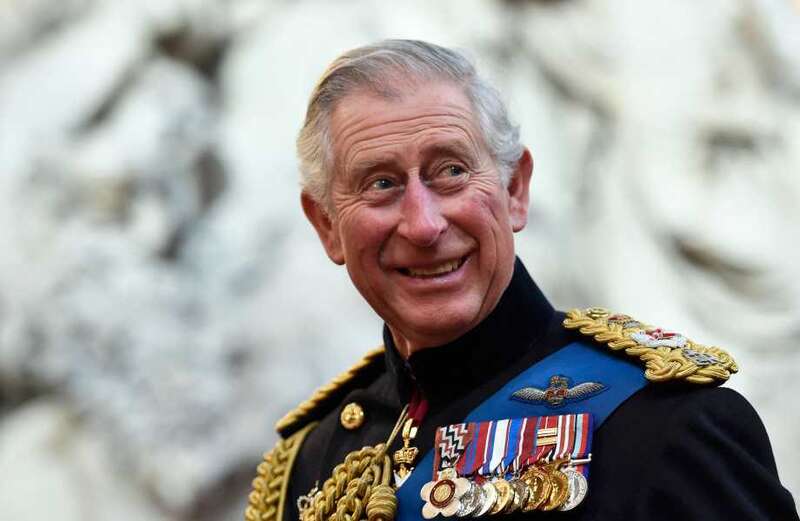BRITAIN'S Crown Jewels are set to take centre stage at King Charles' coronation.
Amongst the dazzling regalia are the Sovereign's bracelets, which will be placed on his wrists during the crowning ceremony

What bracelets will King Charles wear for his coronation?
King Charles' coronation wardrobe will include many pieces of jewellery from the historical Crown Jewels.
One accessory of particular note is the Armills bracelets, which are placed on the Sovereign's wrist during the coronation service.
The gold cuffs are lined in red velvet and were even part of King Charles II's ceremony back in 1661.
 Royals ‘brace for Meg memoir’ after Harry's book ‘to rip Wills & Kate’
Royals ‘brace for Meg memoir’ after Harry's book ‘to rip Wills & Kate’
Decorated with enamel symbols, they are fitted with an invisible hinge with a Tudor rose clasp.
Each is engraved with national symbols including a harp, a rose and a thistle.
Outside of royal events, the Crown Jewels are housed at the Tower of London where they are kept on public display.
The coronation regalia are sacred and secular objects which symbolise the service and responsibilities of the Monarch.
They will play an important part in King Charles' coronation services at Westminster Abbey on May 6, 2023.
What does the coronation bracelets or Armills represent?
During the coronation service, gold armlets – 'Armills' – are placed on the sovereign's wrists.
They are referred to in the ceremony as "bracelets of sincerity and wisdom".
They are thought to relate to ancient symbols of knighthood and military leadership.
Will King Charles wear the same coronation bracelets as his mother?
New armills were prepared for the coronation of Queen Elizabeth II in 1953 as a gift from the Commonwealth, replacing the previous pair which had been used since 1661.
But her son will wear the original pair last used by his grandfather, George VI.
 Inside Camilla's £850k 'guilty pleasure' country pad - and Charles 'hates' it
Inside Camilla's £850k 'guilty pleasure' country pad - and Charles 'hates' it
The bracelets were first supplied for the coronation of Charles II in 1661, by the royal goldsmith Sir Robert Vyner.


































